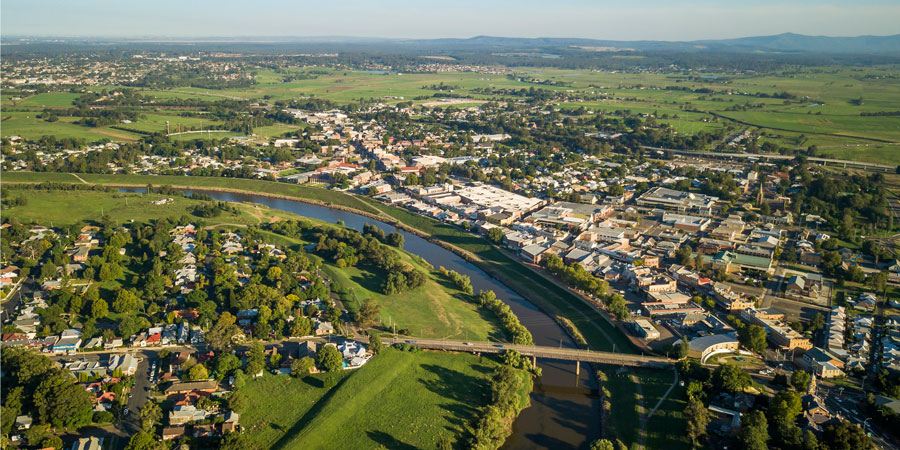Increasing carbon dioxide emissions is causing oceans to become more acidic. This impacts marine life and important industries such as oyster farming.

Climate change has been reducing NSW snow depth since the late 1950s. Less snow is impacting alpine wildlife, winter tourism and hydroelectricity generation.

Climate change is causing sea levels to rise. Modelling shows that over 8000 NSW addresses could be affected by coastal erosion by 2100.
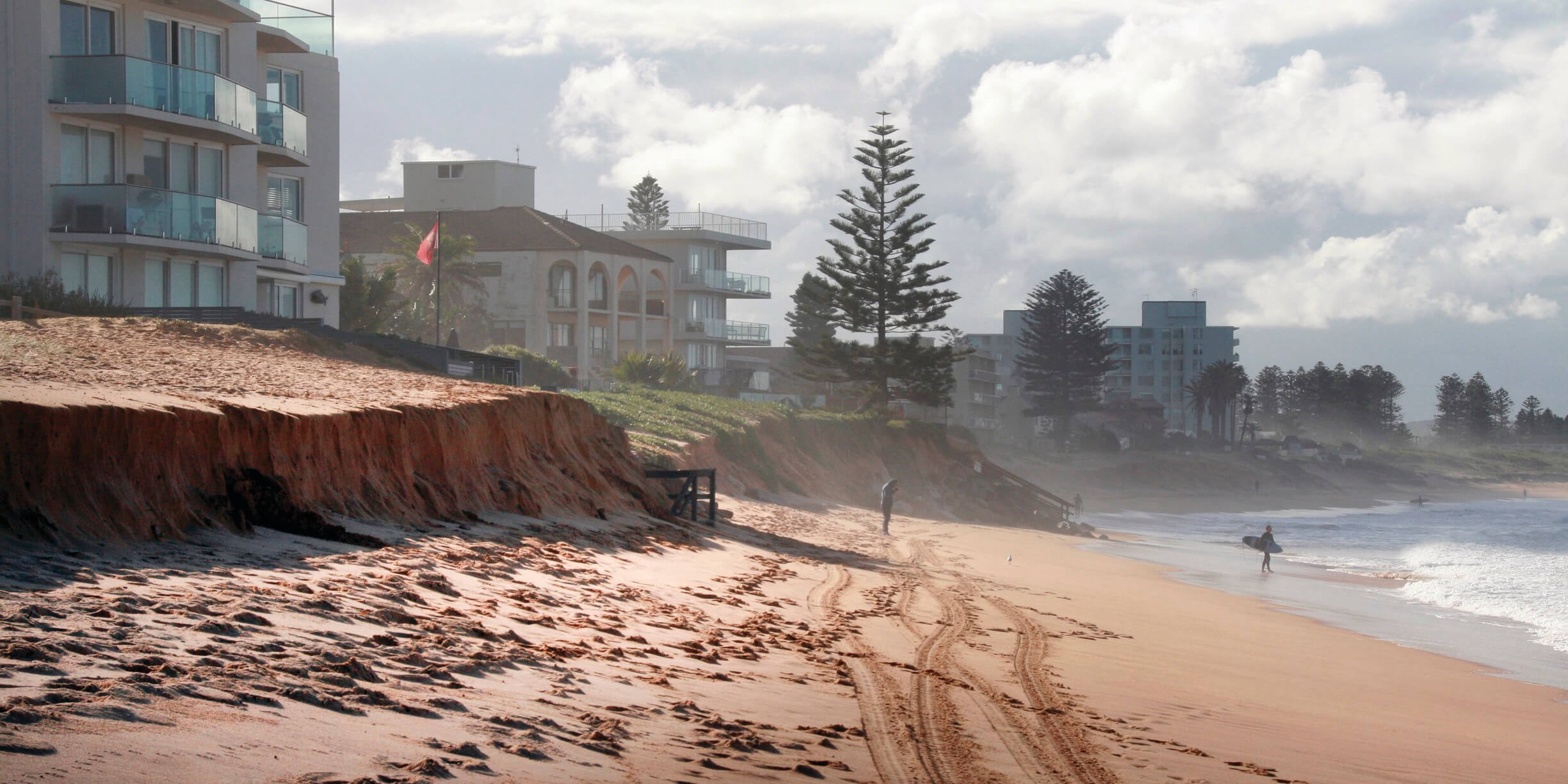
Climate change is changing ocean currents and sea surface temperatures around Australia. This is causing marine heatwaves and impacts on marine life.

Climate change is projected to cause increased coastal erosion and permanent flooding in low-lying coastal areas of NSW.
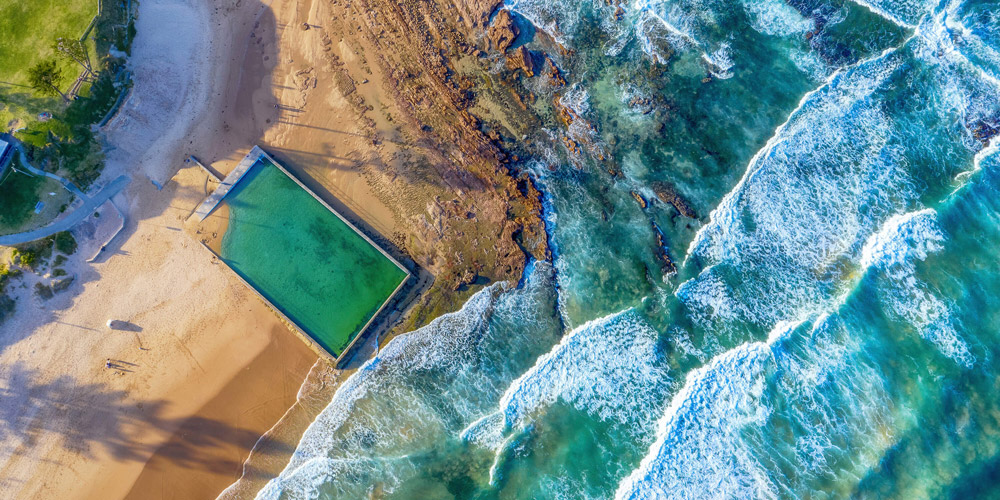
Climate change impacts the health of NSW's soils by causing changes to soil erosion, organic carbon, nutrients and alkalinity (pH).
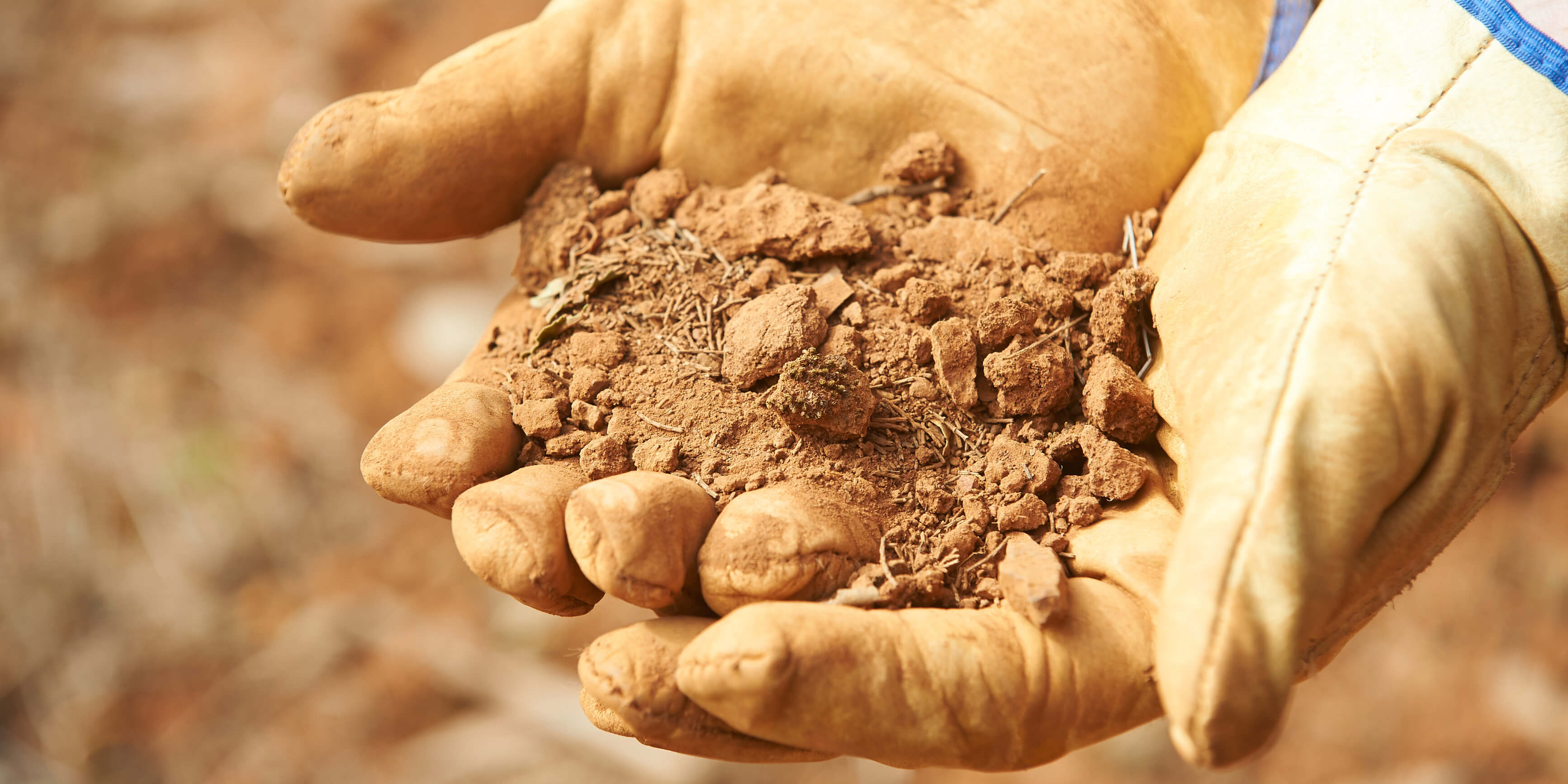
Find out how a grassroots model for community resilience is helping the Hawkesbury area manage the challenges of climate change.

Learn how Lake Macquarie City Council worked with local residents to trial ways to adapt to coastal flooding and future sea level rise.
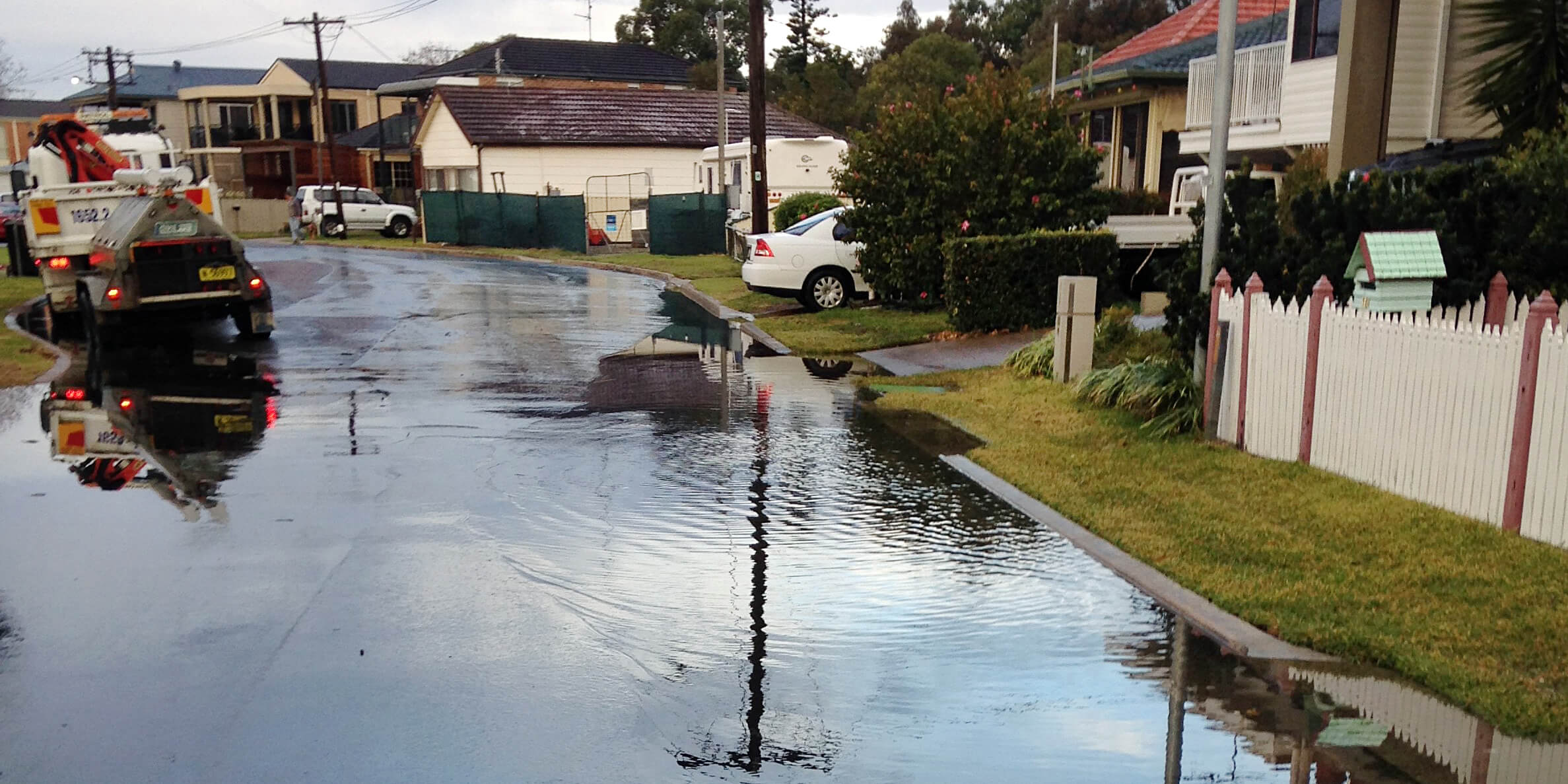
Find out about Hawkesbury City Council's online dashboard that provides real-time information during disasters and emergencies such as floods and bushfires.

The next version of NSW and ACT Regional Climate Modelling (NARCliM2.0) data has strong support from stakeholders across government, industry and academia.
